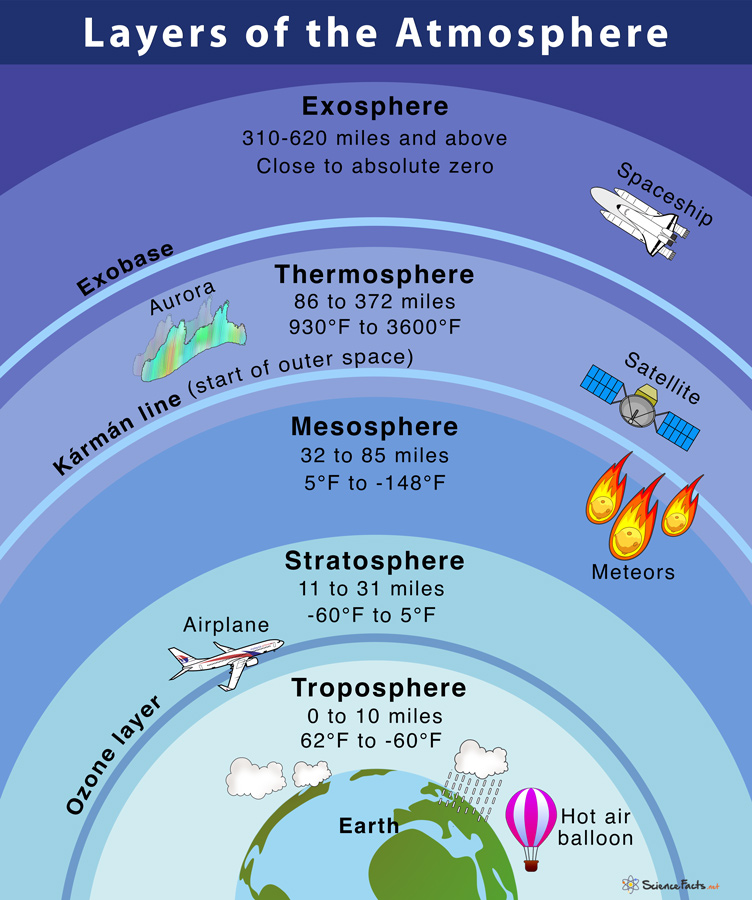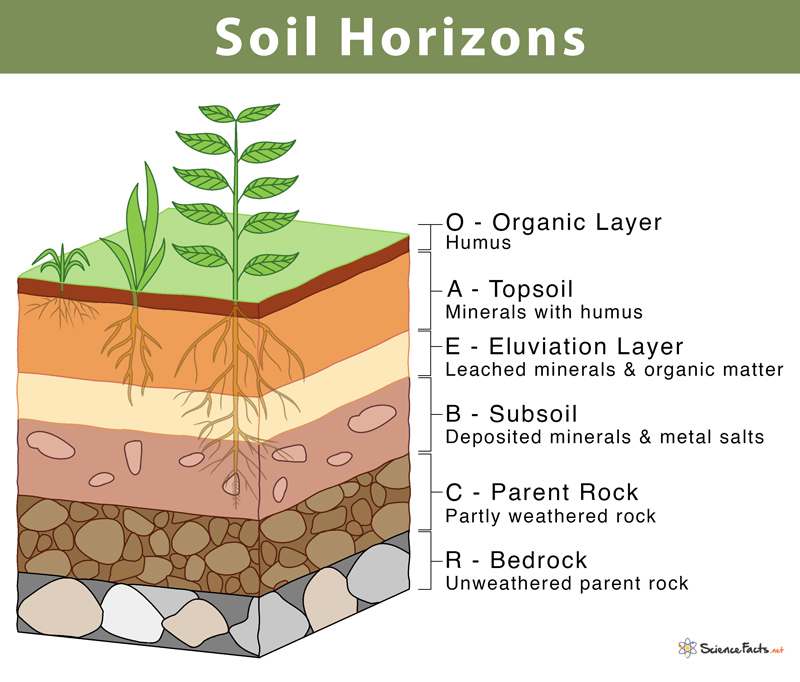How Does Wind Form
We know that sunlight is unevenly distributed over the Earth’s surface. The wind is formed due to the sun’s unequal heating of the Earth’s surface. This unequal heating causes a temperature difference.
Sunlight is more direct at the equator but is further away as we move toward the poles. The reason is the Earth’s tilt. Earth’s axis has a tilt of 23.4° from the vertical. The north and south poles have sunlight during their summer months. The equator has sunlight all year around. The two regions are heated unevenly, resulting in a temperature difference.
How does Temperature Difference Affect Atmospheric Pressure
Landmasses and water bodies near the equator heat up more quickly than regions near the poles causing air to rise due to decreased density. As the hot, moist air rises, the pressure in the area lowers, and thus air masses from the surrounding high-pressure region rush to take its place.
At the poles, air masses sink as they become dense. These sinking air masses come close to the surface, displacing other air masses. The air flows towards the equator along the ground. Polar air becomes warm as they move.
How does Pressure Difference Form Wind
The sinking of polar air and rising of equatorial air form a large-scale global air circulation pattern, resulting in wind. For this reason, winds generally travel north to south in the Northern hemisphere. The more the difference in the pressure gradient across the regions, the higher the wind speed.
The air moves from an area of high pressure to a place of low pressure due to diffusion. It is the same phenomenon that helps us smell the fragrance or odor.
Effect of Earth’s Rotation
Since Earth rotates or spins on its axis counter-clockwise, it has a greater circumference near the equator than the poles. Thus, in one rotation, a point on the equator will simultaneously cover a greater distance than a point near the poles.
Due to the Earth’s rotation, the land and water near the poles travel from west to east at a few kilometers an hour, while near the equator, they are moving fast.
It is found that the air masses near the equator move at an average speed of 465 meters per second. In contrast, those above 50 kilometers south of the North Pole travel 7.5 meters per second. Thus, differential rotation of the higher latitudes compared to the equator also affects air movement on Earth.
Daily Wind Cycle
Land and sea breezes are different forms of wind. In the daytime, the air above the land heats faster than the sea. Thus, the warm air above the land surface expands and rises, causing cooler air from the sea to move toward the land to take its place. This results in the sea breeze.
In contrast, the air above the land surface cools faster at night than at sea. It causes cool air from the land to replace the relatively warm air over the water body, resulting in the land breeze.
Large global wind systems occur due to the unequal heating of the Earth, which in turn drive the oceans’ surface currents. In contrast, local winds result from air moving between low and high-pressure systems within a small area.
-
References
Article was last reviewed on Saturday, February 25, 2023






